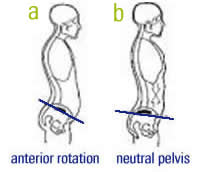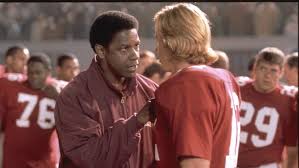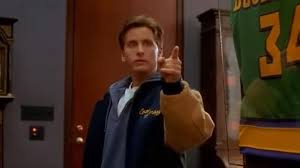In an age where specificity is taking over in the performance industry, there are a few things that can be forgotten. Most sports involve reacting to an external stimulus, but is the athlete ready to react with the proper movement?
Two great ways to train athletes to react properly are to use closed and open-loop drills. Closed-loop and open-loop drills both have their place in a performance program. I will explain why both should be incorporated into an athlete’s program. But first let’s take a look at the difference between open-loop and closed-loop drills.
Closed vs. Open Loop
A closed-loop drill is a task that is very predictable. Most agility and sprint drills will fall into this category, as there are clearly defined parameters to each drill. An athlete will know when to change direction or when to stop sprinting. Closed-loop drills are great for teaching the mechanics of changing direction and sprinting. Over time, as an athlete performs closed-loop drills, they will begin to perform the movements subconsciously. This is the perfect time to introduce open-loop drills for an athlete.
An open-loop drill incorporates unpredictable stimuli making an athlete rely on their reaction to perform a drill. Open-loop drill examples are: mirror drills (where an athlete mirrors another athlete’s movement), visual cue drills (5-10-5 with the athlete reacting to a direction the coach points), and ball drop sprints (an athlete reacts to a tennis ball being dropped). These types of drills are great to allow an athlete to learn to carry over skills learned from closed-loop drills into more of a sport-specific aspect. But don’t forget about the closed-loop drills completely, because open-loop drills relate more to an athlete’s sport!
Eventually, the goal is to get to a point where closed and open-loop drills are used in a program because there are periods of time in sports where an athlete knows what will happen. Football is a great example. At the beginning of a play, a player knows his job. A wide receiver knows how far and where to make a break for their route. But the play switches over to open-loop once the ball is in his hands. Now he must react to the defenders trying to tackle him.
So what’s the plan of attack to get athletes to the point where both closed and open-loop drills can be integrated into their programs?
Plan of Attack
First, find out the skill level of the athlete. Start them out with basic movements to see where they are at in their skill development. A great way to accomplish this is during a dynamic warm-up. Watch an athlete skip, shuffle, carioca, and their footwork with agility ladder drills. After processing this information you will know where their weak points are.
Second, start with closed-loop drills that are simple. This will allow an athlete to focus on the movements, rather than trying to figure out how to navigate through a complex cone drill. Box drills are perfect for this. The athlete will do a specific movement to one cone, change direction, and perform another movement.
Third, begin to incorporate open-loop drills using the same simple set-up from the previous box drill. A great drill for this would be a ‘Mirror Drill.’ During this drill one athlete is mirroring the other athlete.
Lastly, as the athlete has improved their movement, they will be ready for integrated drills of both closed and open-loops. These types of drills could either start with a closed-loop drill such as the agility ladder and finish with an open-loop drill with a coach pointing to a direction and the athlete reacting. Or the drill could be reversed and start with an open-drill and end with a closed-loop.
As a performance coaches, it is our job to make sure athletes can move properly and correctly. Closed-loop drills are great to teach the mechanics of various movements. As an athlete gets more proficient, open-loop drills can be used to get more specific to their sport, but remember what got them to move well in the first place.







